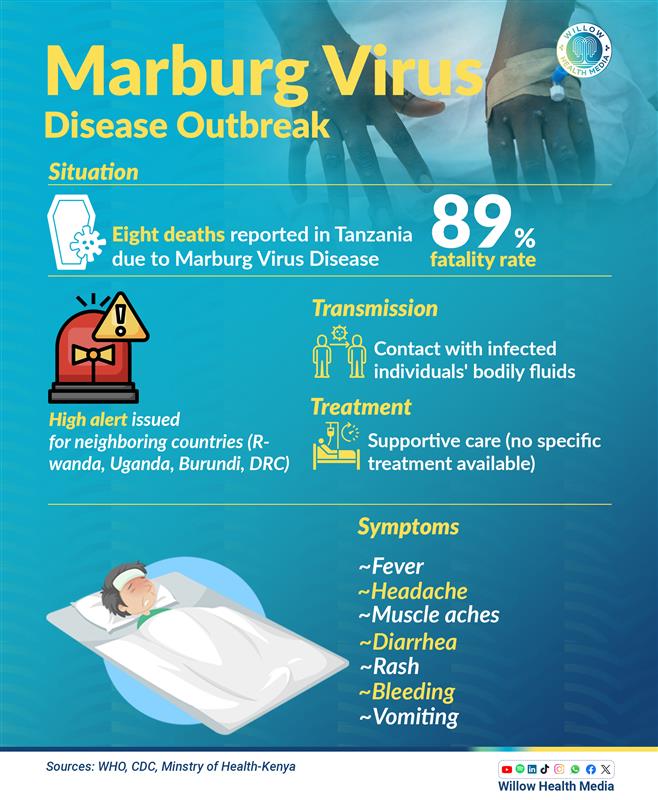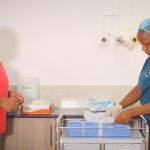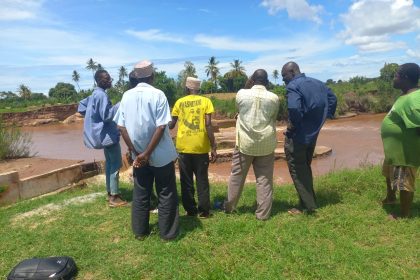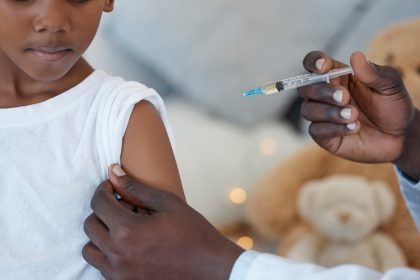Symptoms include headache, high fever, back pain, diarrhoea, vomiting blood and external haemorrhaging
Kenya is on high alert following the report of eight deaths related to Marburg Virus Disease in neighbouring Tanzania.
The World Health Organization (WHO) issued an alert on January 13, 2025, regarding nine suspected cases of Marburg virus disease in the Kagera region of Tanzania, with eight resulting in fatalities.
WHO issued the alert via Event Information Site (EIS) communication and added that all the deceased presented with similar symptoms, including headache, high fever, back pain, diarrhoea, hematemesis (vomiting blood), malaise (body weakness), and, in later stages, external haemorrhaging (bleeding from orifices).
The case fatality ratio is a concerning 89 per cent across two districts: Biharamulo and Muleba. Contact tracing of healthcare workers in both districts is ongoing.
The Bukoba district in the Kagera region experienced a Marburg virus outbreak in March 2021, with nine cases and six deaths. Zoonotic reservoirs, such as fruit bats, are endemic to the area.
The WHO classifies this outbreak as high-risk at the national level due to delayed case detection and isolation, coupled with ongoing contact tracing, indicating a lack of complete information about the current outbreak.
Given Kagera’s strategic location as a transit hub with significant cross-border population movement, the WHO has placed neighbouring countries, including Rwanda, Uganda, Burundi, and the Democratic Republic of Congo, on high alert.
This announcement follows reports of at least 66 suspected cases and 15 deaths from Marburg virus disease in Rwanda in recent weeks.

According to the Centers for Disease Control and Prevention (CDC), Marburg is a rare, severe viral hemorrhagic fever that affects both humans and other primates, such as apes and monkeys.
It is caused by infection with orthomarburgviruses, including Marburg virus and Ravn virus, and can lead to serious illness or death.
The CDC states that orthomarburgviruses are naturally found in bats and can be transmitted from bats to humans.
Marburg virus disease derives its name from the German city where scientists contracted the disease in 1967 while handling imported African monkeys.
The CDC explains that symptoms of Marburg virus disease include fever, headache, chills, muscle aches, a rash with both flat and raised bumps (often on the torso), chest pain, sore throat, nausea, vomiting, and diarrhoea.
“As the disease advances, symptoms can become more severe, including liver failure, delirium, shock, bleeding, and multi-organ dysfunction,” states the CDC.
The incubation period for Marburg virus disease typically ranges from two to 21 days after infection.
The CDC states that this virus can be transmitted through contact with the bodily fluids of an infected person or with objects contaminated with their fluids, such as clothing, bedding, needles, and equipment.
“It can also be spread through semen from a man who has recovered from Marburg virus infection,” the CDC states.
According to the CDC, Marburg virus disease can be diagnosed using polymerase chain reaction (PCR) tests, antigen-capture ELISA tests, and virus isolation in high-containment laboratories.
There is currently no specific treatment for Marburg virus disease, but supportive care, including rest, hydration, oxygen therapy, blood pressure management, and treatment of secondary infections, is crucial.
The WHO advises people to reduce the risk of human-to-human transmission by avoiding direct or close contact with infected individuals, particularly their bodily fluids.
“People suspected or confirmed to have Marburg virus disease should immediately seek care at designated treatment centres for early care and to prevent transmission at home,” advises the WHO.
Furthermore, community members are advised to avoid caring for symptomatic individuals at home and to avoid touching the bodies of individuals who have died from Marburg virus disease.
The WHO also recommends reducing the risk of bat-to-human transmission by minimizing prolonged exposure to mines or caves inhabited by fruit bat colonies.
According to the Africa CDC, other African countries that have reported cases of Marburg virus disease since 2007 include Angola, Kenya, South Africa, and Uganda.























